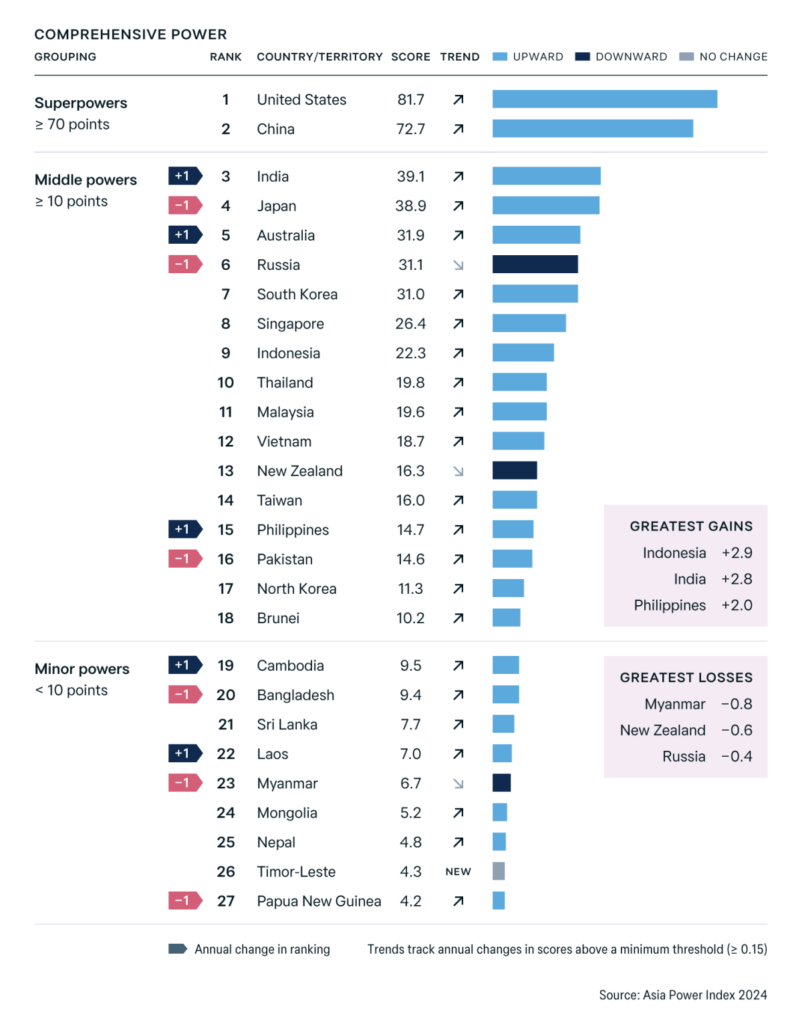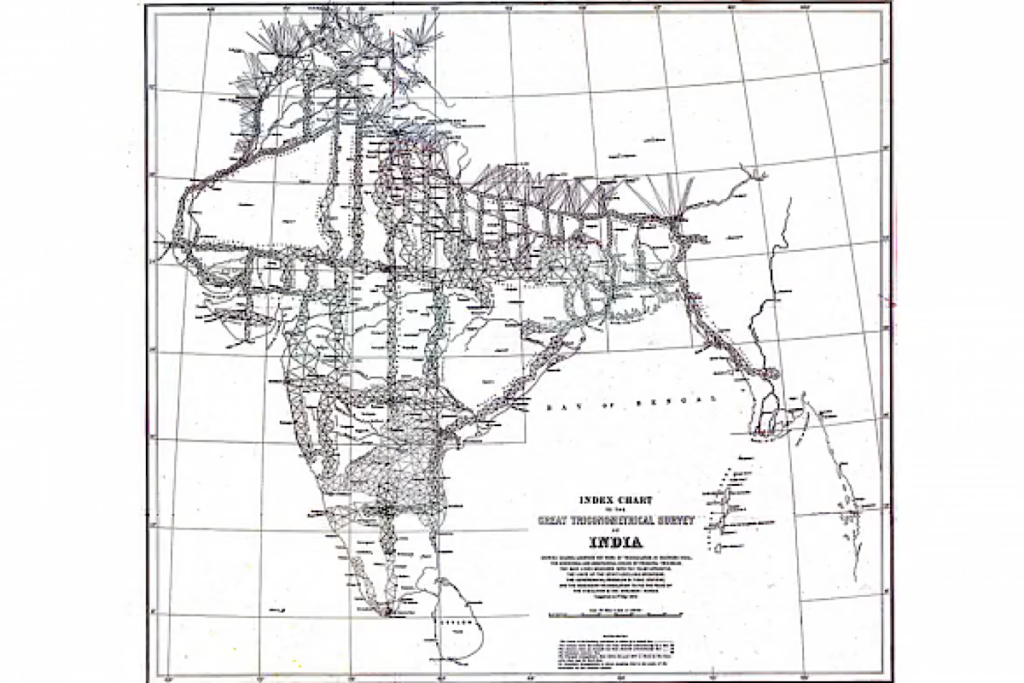Ratan Tata Family tree: Here’s a look at the family lineage of the Tatas.
Ratan Tata complete family Tree: Ratan Naval Tata, chairman emeritus of Tata Sons, passed away at Breach Candy Hospital in Mumbai Wednesday night. He was admitted following age-related health issues and was undergoing treatment at the hospital. Tata, a beacon of India Inc, steered his group amid India’s economic liberalisation and, subsequently, guided its global expansion.
Conferred with the Padma Vibhushan, Tata was considered one of the greatest philanthropists in the country who touched lives of millions through his work in the field of healthcare, education, drinking water and many other areas.
Here’s a look at the family tree of the Tatas
Jamsetji Tata, the founder of the Tata Group was born to Nusserwanji Ratan Tata and Jeevanbai Kavasji Tata, in 1939. apart from Jamsetji, Nusserwanji had four other children — Ratanbai, Maneckbai, Virbaiji, Jerbai.
Born into a family of Parsi priests, Jamsetji broke the tradition as he started his own trading firm in 1868 at a young age of 29. He started with a textile mill in central India in the 1870s. His vision later set the foundation for technical education in India and helped the nation to be counted among the industrialised nations.
Jamsetji married Hirabai Daboo and had three children — Sir Dorabji Tata, Dhunbai Tata and Sir Ratan Tata.
Dorabji, the elder son of Jamsetji, was instrumental in translating his father’s vision into reality. It was under his leadership that the Sir Dorabji Tata Trust was created, propelling the Tata tradition of philanthropy. Jamsetji’s younger son, Ratan, was a philanthropist who created a trust to fund educational development, alleviate human sufferings and other public utility works.
Sir Ratan Tata married Navjbai Sett and adopted Naval H Tata. Naval married Sonoo Commisariat and had two sons — Ratan N Tata and Jimmy N Tata. But Naval and Soonoo divorced when Ratan N Tata was only 10 years old. Naval later married Simone Dunoyer and with her, had a son, Noel Tata. Noel is Ratan and Jimmy’s half brother.
While Ratan and Jimmy never married, Noel tied knot with Aloo Mistry, sister of late Cyrus Mistry, who served as Chairman of Tata Group. Noel and Aloo have three children — Leah Tata, Maya Tata and Neville Tata.
Neville is married to Manasi Kirloskar and together they have two children – Jamset Tata and Tiana Tata.
Again, Jeevanbai Kavasji Tata’s brother Dadabhai Kavasji Tata (adopted son of Kavasji Maneckji Tata) had a son with his wife Bhikhibai. Dadabhai’s son Ratanji Dadabhai Tata married a French woman Suzanne Briere. They had five children — Syla Petit, Jehangir Ratanji Dababhai Tata, Rodabeh Tata, Darab Tata and Jimmy Tata.
Jehangir or JRD Tata, who went on to become Tata Chairman, pioneered civil aviation on the subcontinent in 1932 by launching the airline which is now known as Air India.
source/content: indianexpress.com (headline edited)

